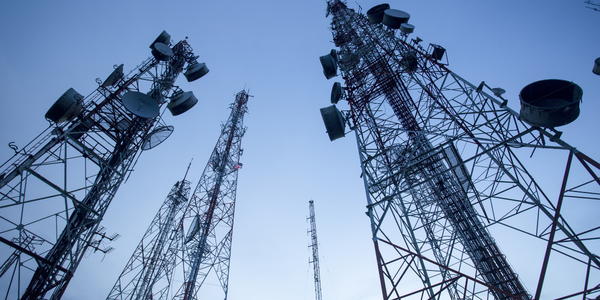Customer Company Size
Large Corporate
Region
- Africa
- Asia
- Middle East
Country
- Jordan
- Turkey
- Philippines
Product
- Infobip SMS
- Infobip USSD services
Tech Stack
- SMS technology
- USSD technology
Implementation Scale
- Enterprise-wide Deployment
Impact Metrics
- Customer Satisfaction
- Brand Awareness
Applicable Industries
- Telecommunications
- National Security & Defense
Applicable Functions
- Human Resources
- Business Operation
Use Cases
- Public Warning & Emergency Response
- Personnel Tracking & Monitoring
Services
- System Integration
- Software Design & Engineering Services
About The Customer
REFUNITE is a technology non-profit with a mission to change the process for family tracing. By creating a user-friendly, online global database with more than 400,000 users and growing, people that have been separated from their friends or family members can now search for their missing loved ones with the click of a button. REFUNITE helps displaced persons find their loved ones through a global, online database that can be accessed and searched online or via mobile.
The Challenge
Natural disasters and armed conflict leave millions of people as refugees and displaced people across the globe each year, often separated from family and friends and lacking the resources to locate them as the first step towards reuniting. REFUNITE helps displaced persons find their loved ones through a global, online database that can be accessed and searched online or via mobile. Mobile is the true challenge: it needs to be a reliable and resilient service that can work even far away from any kind of internet coverage and be cost-effective for REFUNITE, but also familiar and widely used by users in different countries.
The Solution
SMS is the most popular and widely used mobile channel, supported by all kinds of mobile phones, not requiring internet connectivity and enabling communication wherever there is a mobile signal. Just like SMS, USSD is robust and reliable, supported by all types of mobiles and doesn’t need a mobile data connection, but unlike SMS, it lets users interact via text menus with a back end application in real time. USSD is mostly used in polling, customer care and mobile banking. The two technologies seemed like a perfect fit for REFUNITE and their needs, USSD to enable users to search the database of displaced persons, and SMS to provide notifications, information and alerts, as well as enabling users to search the online database by sending in a simple SMS with the name of the person they are looking for. REFUNITE and Infobip partnered to develop a complete solution, where REFUNITE harnessed the digitised database, developed the database application and the back end, and Infobip provided the technology to connect REFUNITE with its mobile operator partners in several countries across the world, with large populations of displaced people.
Operational Impact
Quantitative Benefit

Case Study missing?
Start adding your own!
Register with your work email and create a new case study profile for your business.
Related Case Studies.

Case Study
Vodafone Hosted On AWS
Vodafone found that traffic for the applications peak during the four-month period when the international cricket season is at its height in Australia. During the 2011/2012 cricket season, 700,000 consumers downloaded the Cricket Live Australia application. Vodafone needed to be able to meet customer demand, but didn’t want to invest in additional resources that would be underutilized during cricket’s off-season.

Case Study
SKT, Construction of Smart Office Environment
SK T-Tower is the headquarters of SK Telecom. Inside the building, different types of mobile devices, such as laptops, smartphones and tablets, are in use, and with the increase in WLAN traffic and the use of quality multimedia data, the volume of wireless data sees an explosive growth. Users want limitless Internet access in various places in addition to designated areas.

Case Study
Data Capture for Afghanistan Forces
Electronic equipments on the field of Afghanistan provided information on the status of the vehicle and to identify potential threats surrounding it to the British Force. The monitoring and interpretation of this data requires robust and sophisticated digitization for data capture and communication.










